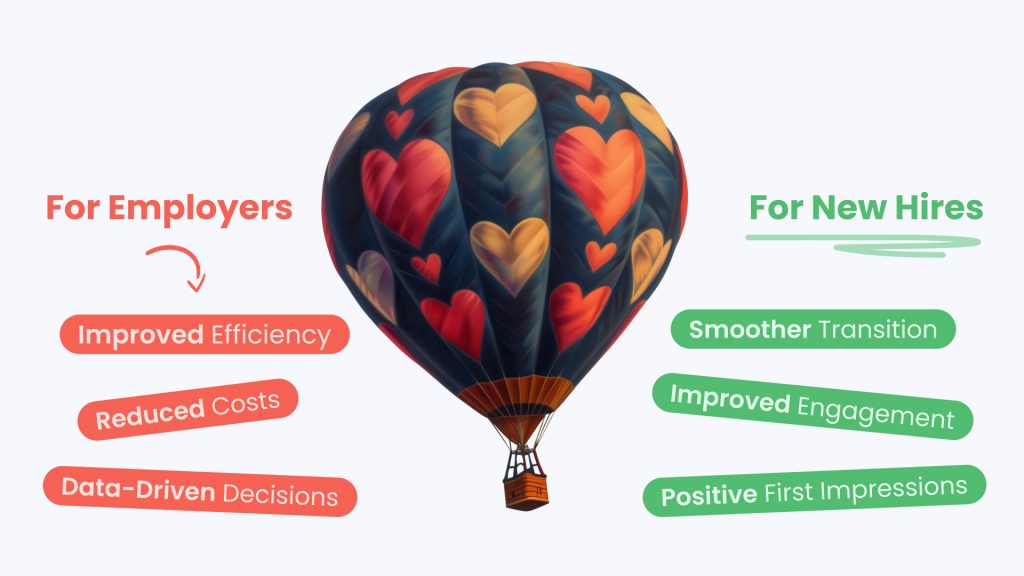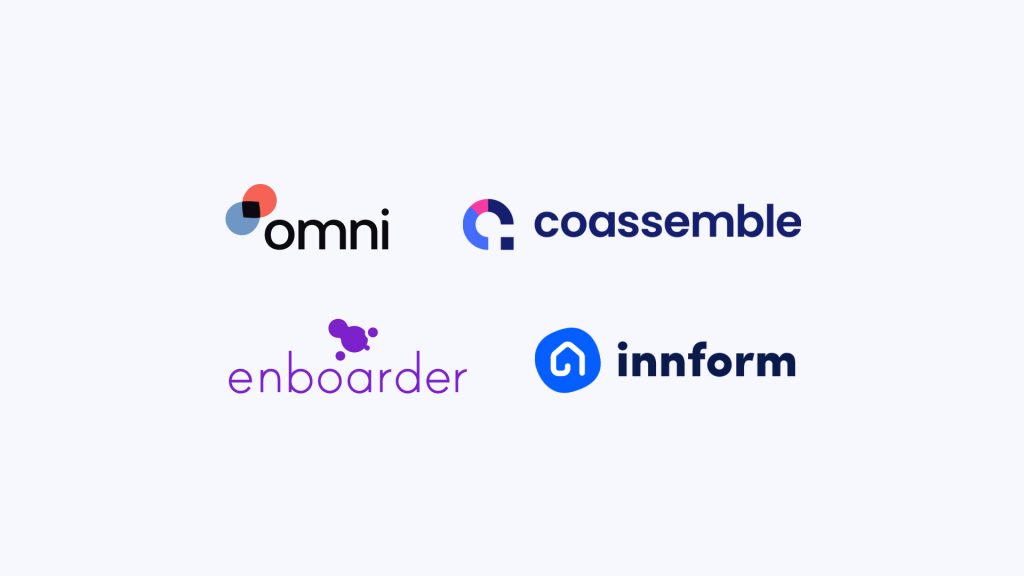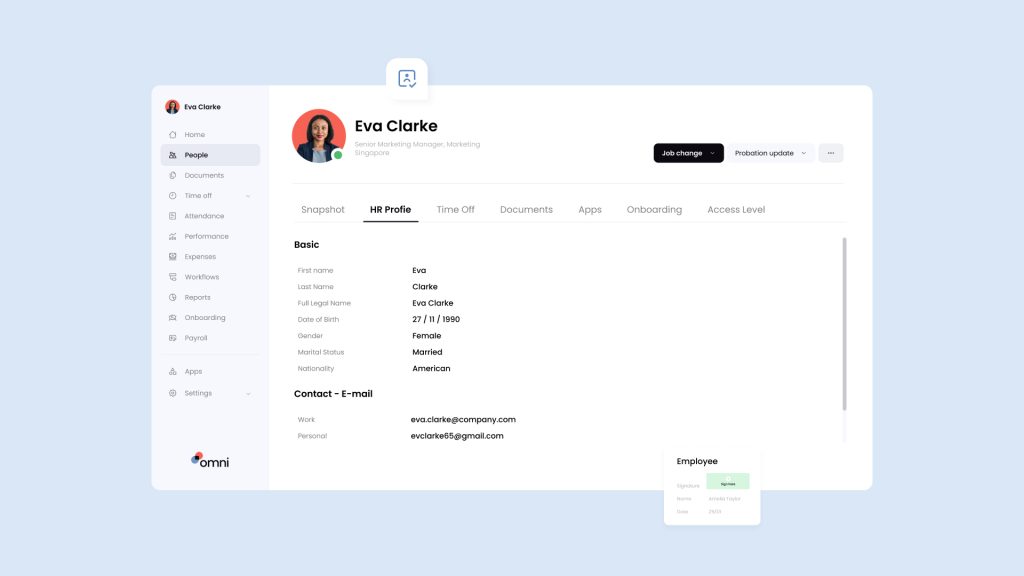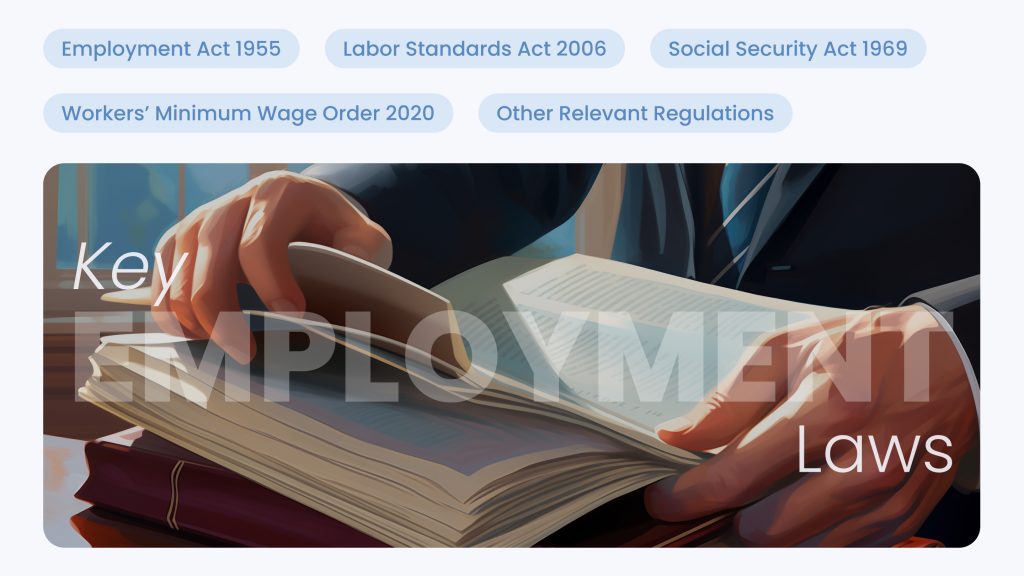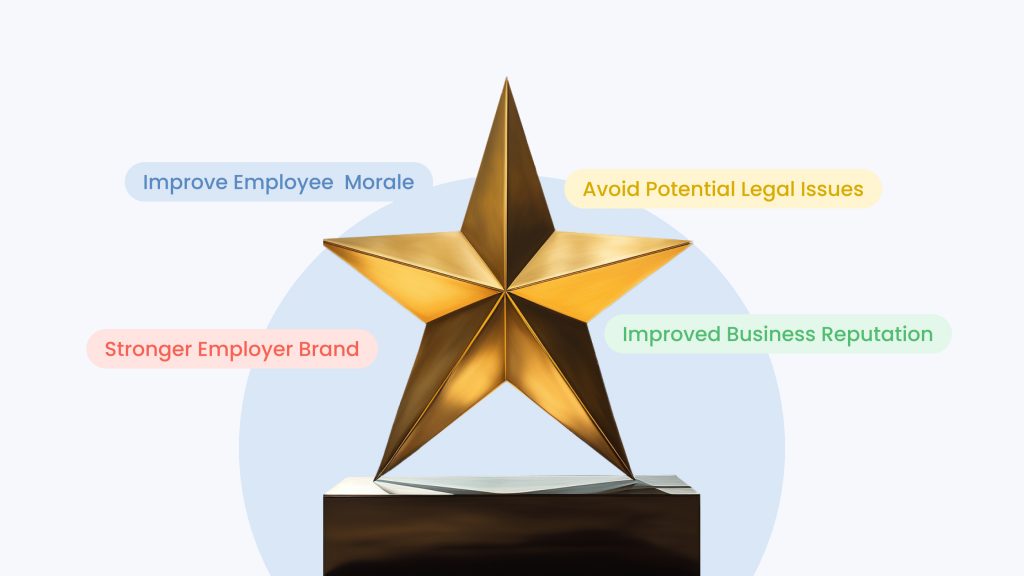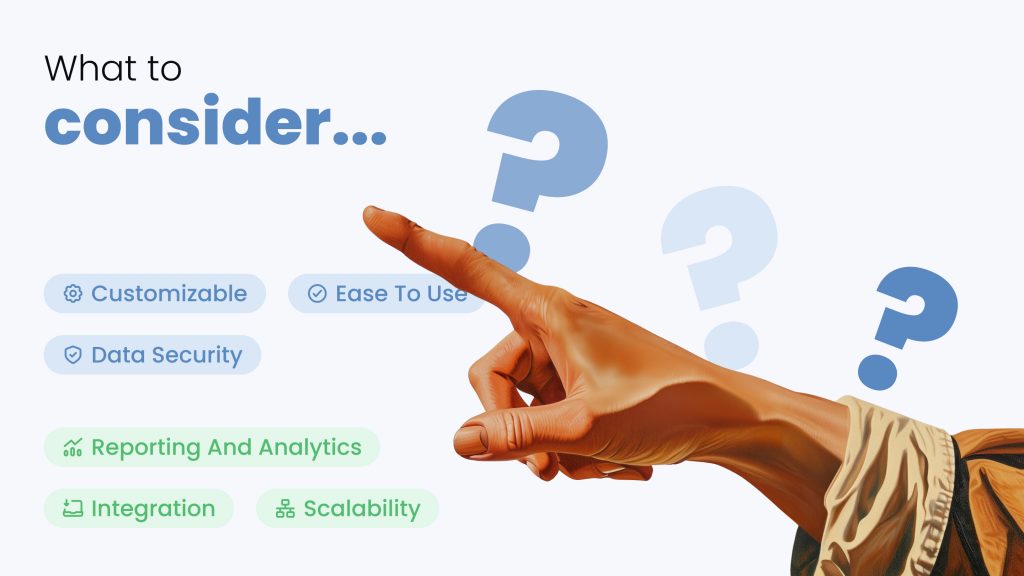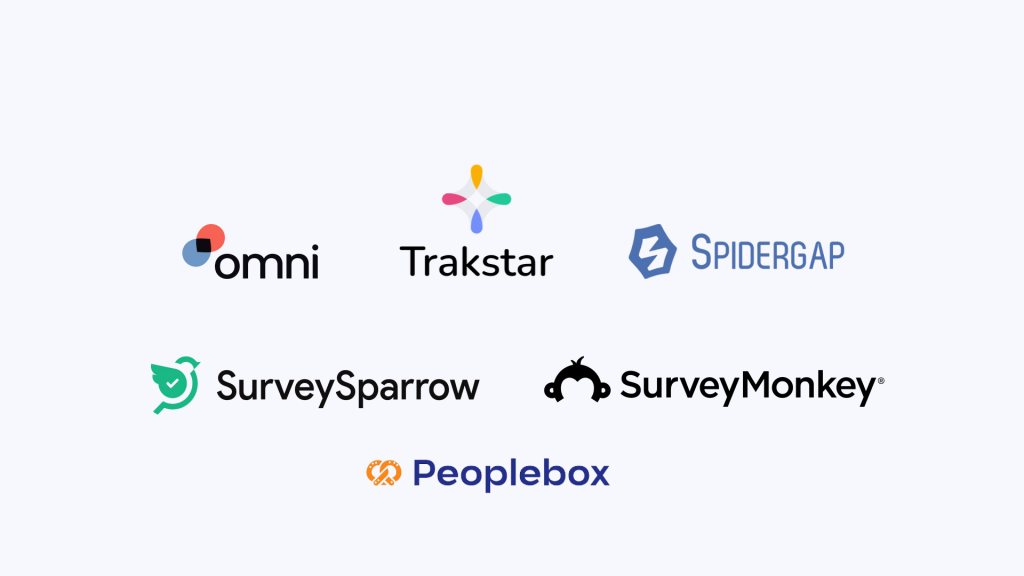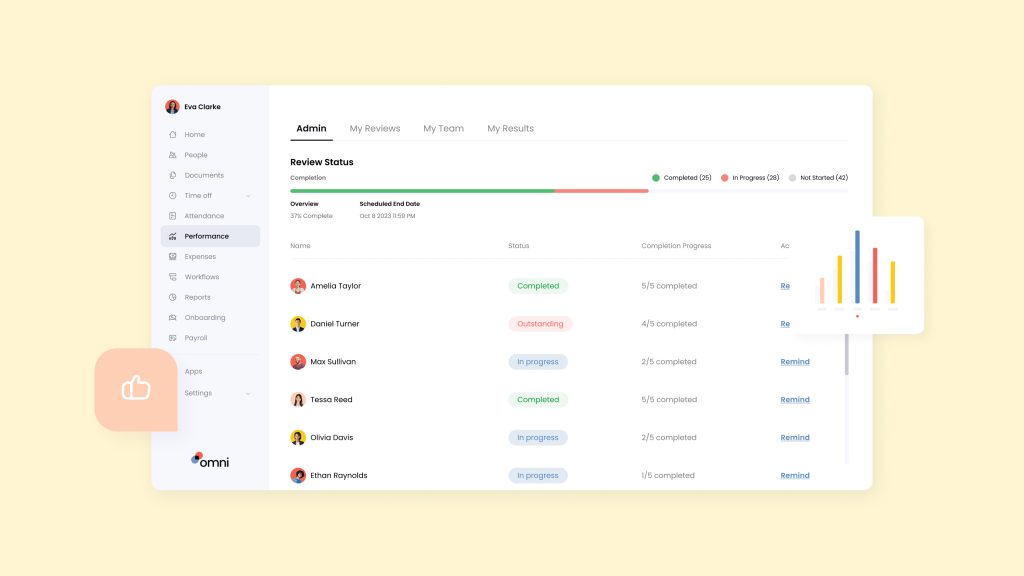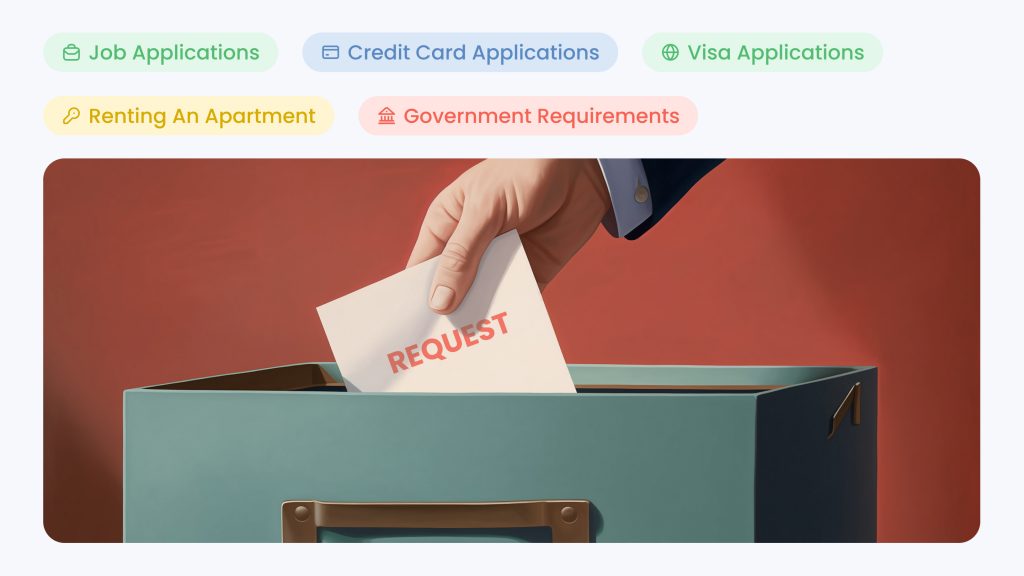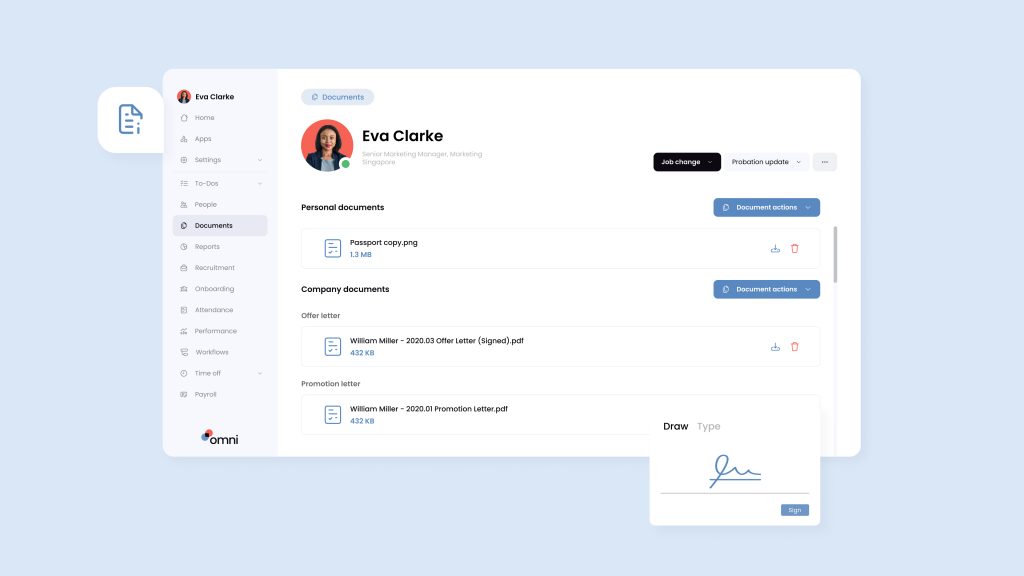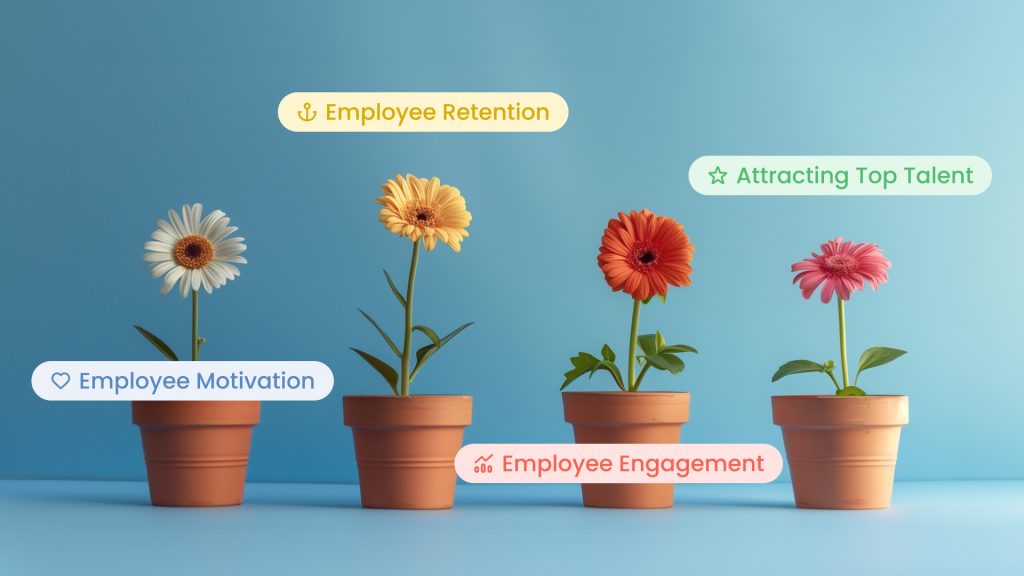According to Sage’s report, 81% of HR professionals feel burnt out. This is no surprise as it is a lot of work managing the entire end-to-end employee lifecycle, but the upside is that HR professionals can relax and recharge through weekends, public holidays, and paid time-offs.
To ensure everything runs smoothly while you’re away, it’s essential to create an out of office checklist. While it sounds simple, it can often be tricky for HR teams to create a standardized checklist with rushed deadlines, impromptu meetings, and overdue tasks.
Hence, we’ve created a comprehensive out of office checklist template to ensure a smooth transition from work mode to personal time off.
Read next: Why Mental Health Days Are Essential for Your Employees
Your Out of Office Checklist Template
Whether it’s for a vacation or business trip, or you’re simply taking some time off for personal matters, you can still get things done in the office by following our out of office checklist template. Here’s everything to cover before heading out:
- Inform your team
This is the first item that should be on any out of office checklist. It’s crucial to tell your team members about your upcoming absence. This shows you respect them and gives them ample time to prepare for your absence.
Inform them on the dates of your leave and when you intend to return. Also, update respective team members about added responsibilities, details regarding ongoing projects or responsibilities, and other necessary details to ensure your work is covered while you’re away.
Set up an out of office message to ensure everyone is aware of your upcoming leave, and remind them again as the dates get closer.
- Wrap up any pending items or projects
Leaving behind unfinished projects can contribute to backlogs and create additional workload challenges for yourself upon your return. So, it’s good practice to conclude pending tasks before you go on your break. It helps ensure you complete any task that can disrupt workflow during your absence and when you return.
Furthermore, this fosters a positive work environment and increases efficiency as team members taking over your tasks are not overwhelmed since urgent items are already cleared. It also highlights your sense of responsibility over your work.
- Delegate ongoing projects and tasks to colleagues
Delegation is a good strategy to include in any out of office checklist. By delegating your tasks, it ensures projects and tasks are still completed on time despite your absence.
Before taking your break, identify any important tasks and responsibilities that are urgent and need to be handled. Then, delegate them to capable team members and provide relevant information and details needed to carry them out.
Omni Tip: Create a file or document with relevant information and links to ensure seamless delegations. It should state the tasks, timeline for delivery, and assigned employees.
- Block out your leave days on your calendar
Update your calendar and block out your leave days to indicate your absence to relevant stakeholders. Doing this promotes transparency regarding your unavailability. For example, it saves your team members from scheduling meetings or appointments during your out of office days. Similarly, in the event where other stakeholders are unaware of your time off, they will be notified through your calendar settings.
Blocking out your leave days also reduces disruptions and prevents conflicts that may arise if meetings or appointments are scheduled during your absence. Above all, it promotes work-life balance, giving you time to prioritize your well-being and enjoy your time-off to recharge and rejuvenate your mind.
- Set up an autoresponder
Before you leave for vacation, one item on your out of office checklist you shouldn’t miss is scheduling an automatic email responder either directly on your email system or with your company’s HR tools.
Your out of office checklist template should have a message indicating your absence dates and alternative contacts for urgent matters. This way, anyone contacting you via email will be aware of your absence and know what the next steps are.
- Clean up your workspace
A clean and organized workspace speaks well of you as a HR professional and employee. It depicts professionalism and attention to detail. It also leaves a positive impression on colleagues and visitors who may enter your workspace during your absence.
But beyond that, cleaning up your workspace as part of your out of office checklist makes it easier for you to settle in when you return. It reduces stress and allows you to resume your duties more efficiently.
In addition, cleaning up your workspace as part of the out of office checklist template ensures the team member covering for you can easily find all vital documents, files, and resources during your absence.
- Set your ‘Away’ status and consider snoozing work email and notifications
This is another crucial item on your out of office checklist template. Setting an ‘Away’ status and snoozing work emails and notifications indicates to team members and stakeholders that you aren’t available and won’t be able to respond immediately. This way, it sets clear expectations and prevents any miscommunication.
Furthermore, snoozing your notifications helps you concentrate on your break without interruptions. Ultimately, you set boundaries between work and personal time and disconnect from work-related matters. Hence, it gives you enough time to rest, relax, and tend to personal matters without getting overwhelmed with work.
Read next: HR’s Guide to Employee Leave Management
What to include in your out of office message?

As mentioned, it’s important to set an out of office message as part of your out of office checklist. This should be established in all your active communication channels, particularly email, voicemail and communication tools like Slack.
The message should also be set as an autoresponder email for stakeholders or colleagues who aren’t aware of your time off. This is necessary to ensure everyone is informed about your leave and carries out their respective handover duties accordingly.
Here are some important information that you should include in your out of office message as part of your out of office checklist:
Dates of your absence
Though this may seem obvious, most may miss out on including the dates of their absence when crafting their out of office message in a hurry.
It is important to include the date that you will be away and when you will be returning within your out of office message. This helps to inform stakeholders and team members of the length of your absence and when they can expect to hear a response from you, helping them better plan their time.
Reason for absence (optional)
Another information to include in your message as part of your out of office checklist template is the reason for your absence. Although disclosing the reason for absence can help with clarity, it is completely optional.
If you do choose to state the reason for your absence in your out of office message, you don’t have to go into details. Simply stating you’re on vacation or taking the time to tend to personal matters will suffice.
Availability for urgent matters
Your out of office checklist message should also state whether you’ll be available to tend to urgent matters. If yes, include your available hours in the message so recipients know when to contact you..
Include details such as whether you will be able to respond to emails in the mornings or evenings, or will be completely unavailable to answer calls or emails until your return.
In the event where you are not able to respond to emails, it is best practice to include name and contact details for the alternate person in charge. This can be an assistant or team member who’ll be assisting during your absence.
Professional ending
The final detail of your out of office checklist template is to conclude your message with a polite and professional closing.
For example, “Best regards,” “Cheers,” “Warm regards,” or “Thank you,” followed by your name and position/title are one of the common sign offs.
This shows courtesy and professionalism. It also shows you respect recipients’ time and attention. In addition, a professional ending boosts your credibility and authority as an employee in your organization who takes their role seriously.
Example of Out of Office Message
If you’re overwhelmed with your out of office checklist template, here’s an example that you can use to craft your out of office message:
Hi! Thank you for your email. I’m currently out of the office and won’t be back until [date]. During this time, I won’t be available to respond to emails or work calls. If you need immediate assistance for urgent matters, please contact [Name] at [email address] or [phone number]. They’ll be happy to help.
Warm regards,
[Your name]
[Position/Title]
Enjoy Worry-Free Time Off with Omni

We get it, life happens and sometimes we need to take a break to reset and recharge for the long run. However, as you’re now aware, taking time off is more than just applying for it. It involves a series of events as we highlighted in our out of office checklist template above.
With Omni’s time off management capabilities, managers can approve leave applications on the go, and keep track of who’s in and out of the office with at-a-glance scheduling. Omni also seamlessly integrates with your team’s most loved work tools such as Slack, enabling managers to receive and manage time off approvals directly within the messaging platform, removing time-consuming steps from leave management with a quick push of a button. With automated calculations, employees and managers can easily view time off balances in real-time without the intervention of HR.
Our employee self-service portal allows employees to submit their employee time off request, which automatically routes to the appropriate manager thanks to customizable approval workflows. With automated calculations, employees and managers can easily view leave balances in real-time, and track how many vacation days they have left without having to go through HR.



